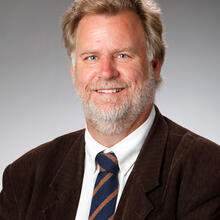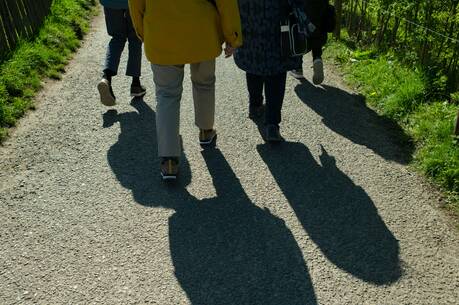Becoming Clean
As a child, I saw the world in peculiar ways, as children tend to do, influenced partly by the two powerful forces of television and the Bible. Growing up in the 1960s, I was fairly certain from the movies and TV shows I watched that a good portion of humanity died in quicksand, so I was on guard for quicksand. I was also sure that about half the people who lived at the time of Jesus or Elisha had leprosy. I made no distinction between the Old Testament and New Testament; as far as I knew, Moses, Elisha and Jesus all lived on the same street. Biblical stories that featured someone afflicted with leprosy jumped out at me. I knew very little about leprosy, but I did know it was devastating and that I would be an outcast if I caught it.
Leprosy in the form that I imagined it, known today as Hansen’s disease, did indeed exist at the time of Elisha and Jesus, though biblical “leprosy” denotes many other, milder forms of skin disorder as well. The U.S. Department of Health and Human Services Web site states that “Hansen’s disease, also known as leprosy, is a chronic bacterial disease that primarily affects the skin” and today is “very treatable, and, with early diagnosis and treatment, is not disabling.” Still, apart from the physical pain these skin conditions brought, there were the deeper pains that lead to psychic, communal and spiritual disorder. Indeed, even today “Hansen’s disease (leprosy) remains the most misunderstood human infectious disease. The stigma long associated with the disease still exists in most of the world, and the psychological and social effects may be more difficult to deal with than the actual physical illness.”
Leviticus 13 outlines the religious duties of the priest and of the afflicted person. If the priest found that the person was “unclean,” the resulting stigma specified that “the person with such an infectious disease must wear torn clothes, let his hair be unkempt, cover the lower part of his face and cry out, ‘Unclean! Unclean!’ As long as he has the infection he remains unclean. He must live alone; he must live outside the camp” (Lev 13:45-46). To be unclean in ancient Israel was not to be declared sinful, but to be “out of order” and therefore unable to live in community with the people of God or to worship God in the Temple. To distinguish between clean and unclean was God’s command and a means by which Israel was to become holy like God (Lev 11:44-47).
The wholeness that we yearn for, physically, spiritually and emotionally, is at the center of the holiness to which we have been called. The story of Naaman, the Syrian general whom Elisha guides in his restoration to physical wholeness from leprosy, is the story of a Gentile who is “out of order” physically and excluded from God’s people. His wholeness is indicated physically when “his flesh was restored like the flesh of a young boy,” but his spiritual restoration is manifested when this Gentile warrior’s heart turns to the living God. His response is gratitude to Elisha and to the God of Israel, whom Naaman says he will serve from now on, even in a foreign land.
This gratitude for God’s mercy and healing is also central to Luke’s account of Jesus healing 10 lepers. In the liminal region between Samaria and Galilee, the 10 cry out to Jesus for mercy. Jesus, following Leviticus 11, directs them to the priests—even though they are not all Jewish—and as they follow his directions they are all healed of their skin disorder. Only one of them, however, returns to Jesus to show his gratitude, and he was a Samaritan, someone “out of order.” Jesus asked, “Was none of them found to return and give praise to God except this foreigner?”
Both of these stories indicate, though, that as the person with leprosy is now restored to wholeness, so too is the foreigner now welcome home. In recognition of God’s action in their lives, gratitude fills them. They are no longer lepers. But even more than this, there need be no more “lepers” of any kind any longer, for no longer must anyone fear separation from God. God has come to welcome you home, to restore true order, to make you clean.
This article also appeared in print, under the headline “Becoming Clean,” in the October 7, 2013, issue.







